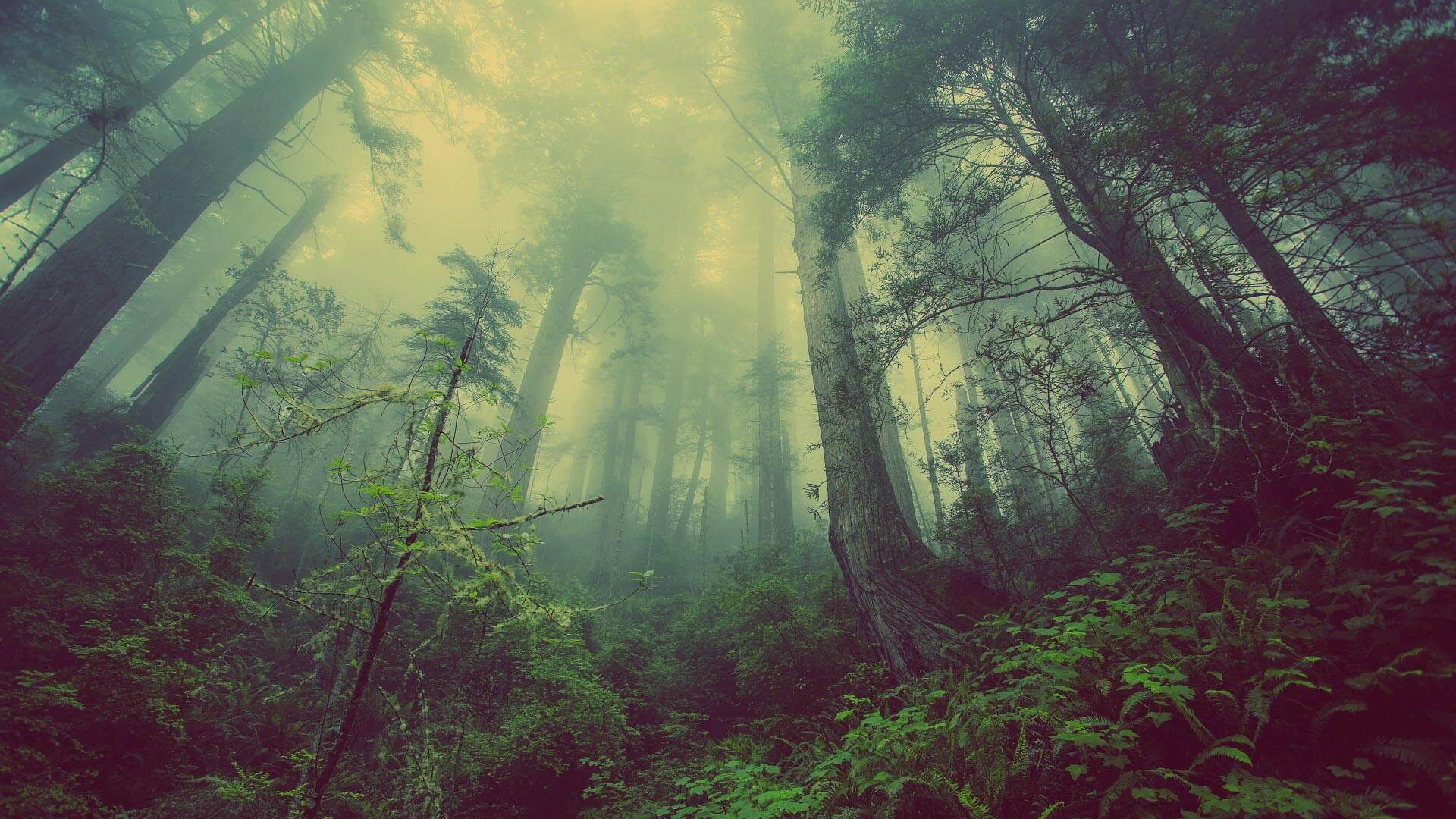Looks like your're lost in the woods
Don't worry we'll lead you back!
COPYRIGHT © 2025 VISITMURES. ALL RIGHTS RESERVED.

We use cookies to improve functionality and performance. Please accept them for a better use of the page. Read more: Privacy Policy
| Name | Provider | Scope |
|---|---|---|
| visitmures_session | visit-mures.com | Preserves users states across page requests. |
| remember_web_* | visit-mures.com | Preserves users states across page requests. |
| XSRF-TOKEN | visit-mures.com | Security cookie to prevent cross-site request forgery. |
| Name | Provider | Scope |
|---|---|---|
| _ga | visit-mures.com | Registers a unique ID that is used to generate statistical data on how the visitor uses the website. |
| _gat | visit-mures.com | Used by Google Analytics to throttle request rate. |
| _gid | visit-mures.com | Registers a unique ID that is used to generate statistical data on how the visitor uses the website. |